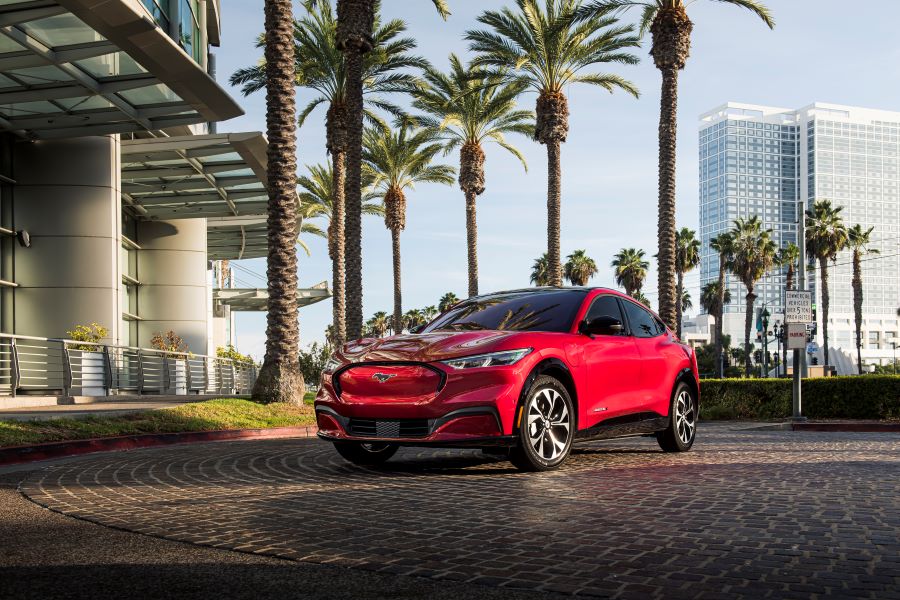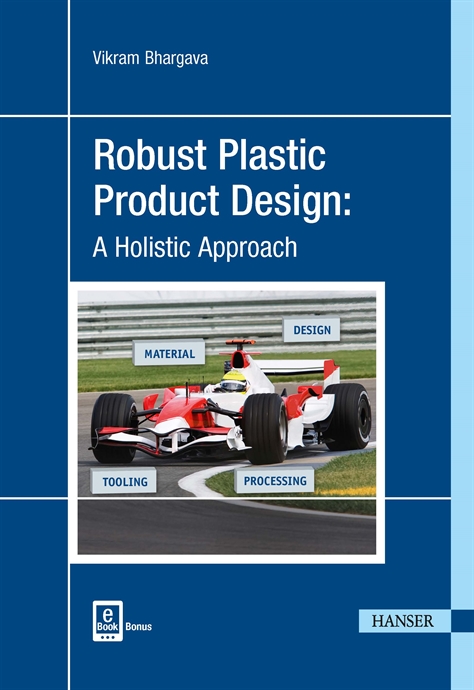Assembly lines changed dramatically at Whirlpool's Marion, OH, factory over a 50-year period.
Whirlpool Corp. acquired a large factory from Motor Products Corp. in Marion, OH, in 1955 and converted it into a state-of-the-art dryer assembly plant. The facility was strategically located near an important rail hub-the tracks of the Chesapeake & Ohio, Erie and New York Central railroads all met in Marion (a decade earlier, the local railway station was an important canteen stop for World War II troop trains).
On August 29, 1956, the Marion facility hosted an open house, providing a unique look at Eisenhower-era plant operations. To celebrate that event, the plant issued a commemorative booklet to attendees. The publication illustrated the plant’s layout and key production processes.
Since acquiring the 240,000-square-foot plant the previous year, Whirlpool added a 10,000-square-foot rail car dock. That was important, because the Marion plant shipped dryers to “every state in the union and 60 foreign countries.”
The brochure boasted that “the total amount of money invested via property, plant and equipment runs approximately $7,000 per employee.” The plant contained 5 miles of conveyors. “From its start as a sheet of steel to the end as a dryer, it takes approximately 24 hours to make and assemble a complete unit.”
The plant featured state-of-the-art metal stamping presses; large welders for fabricating frames and cabinets; and an electrostatic paint system. Components such as gas burners were built on a subassembly line. Assemblers used pneumatic fastening equipment.
The plant floor contained numerous areas devoted to parts storage and stock cribs. Parts were delivered to the line in large, square wooden crates.
Whirlpool’s Marion plant was still going strong half a century later when ASSEMBLY profiled it in the August 2006 issue. In fact, the facility had just assembled its 100 millionth appliance-a Duet clothes dryer. But, the plant was undergoing a transformation driven by lean manufacturing.
The article explained how the assembly lines had recently been redesigned to accommodate just-in-time inventory, kanban and point-of-use parts supply. Engineers cleared out a 1,700-square-foot section of the plant and installed a new assembly line for the front-load Horizon dryer.
“The Horizon line is the first line that we’ve designed from the operator out,” said a materials engineer. To improve ergonomics, engineers slowed the pace of the line from the time typical of other lines in the plant. And, unlike the plant’s other lines, which are elevated approximately 2 feet off the floor, the Horizon line operated close to floor level. Even the lighting was improved.
The multiarm configuration of the Horizon line was designed for mixed-model assembly-besides the Whirlpool brand, assemblers built dryers under the Estate, Inglis, Kenmore, Kitchen-Aid, Maytag and Roper brand names. For example, a subassembly that was once produced in the plant's fabrication department was now done directly on the line. “Now, we don’t have to carry a lot of inventory, and we’re able to accommodate late-model differentiation,” the engineer told ASSEMBLY.
Compared with the Marion plant’s other assembly lines, fewer parts are stored on the Horizon line. “Instead of delivering a whole skid of 300 parts to an assembly station, we might bring in 50 parts at a time,” the engineer points out.
Another key difference on the Horizon line was in how the parts were delivered to the assembly stations. Instead of using forklifts to deliver parts, Whirlpool engineers opted for a system of carts pulled by electric tuggers.




